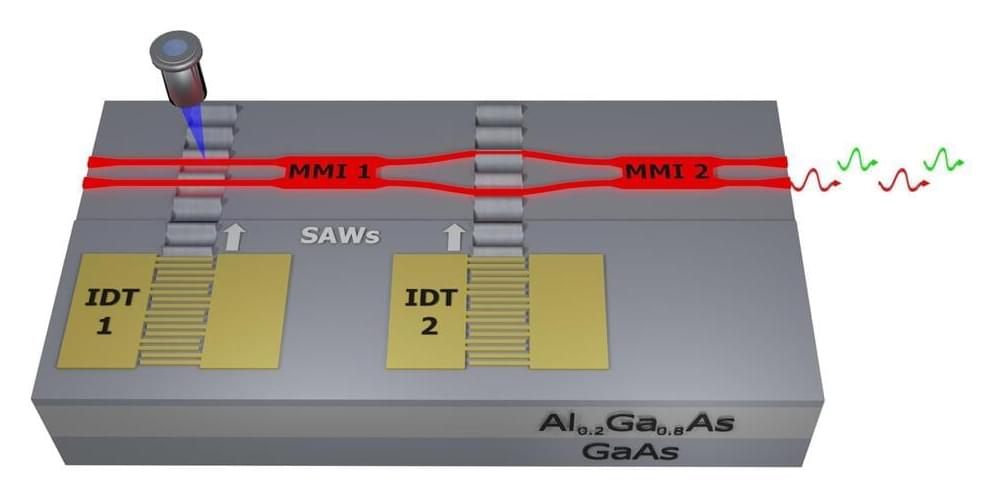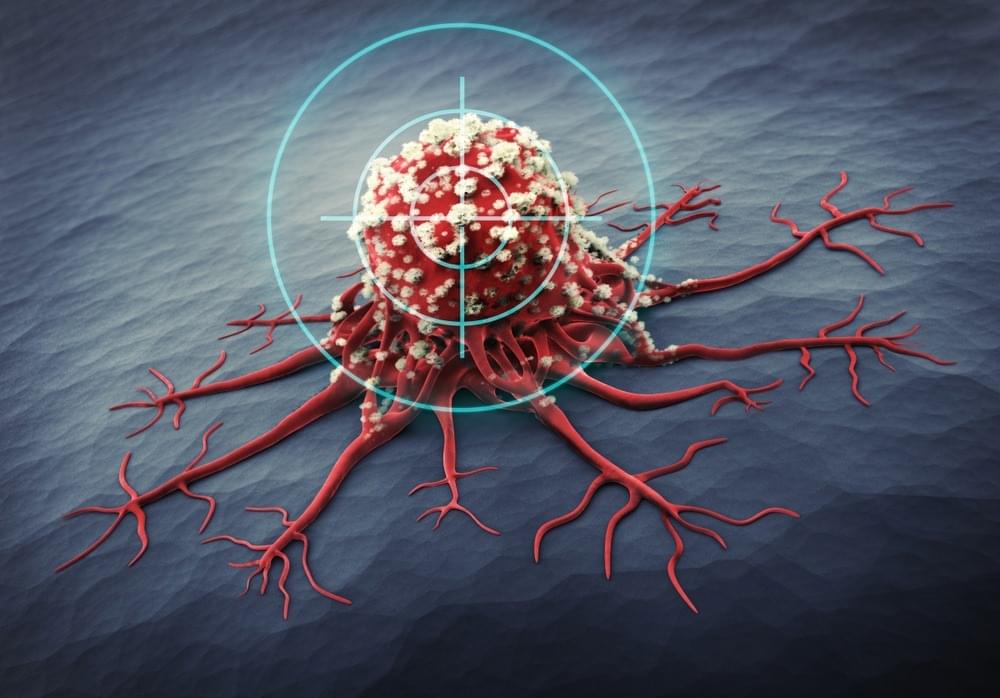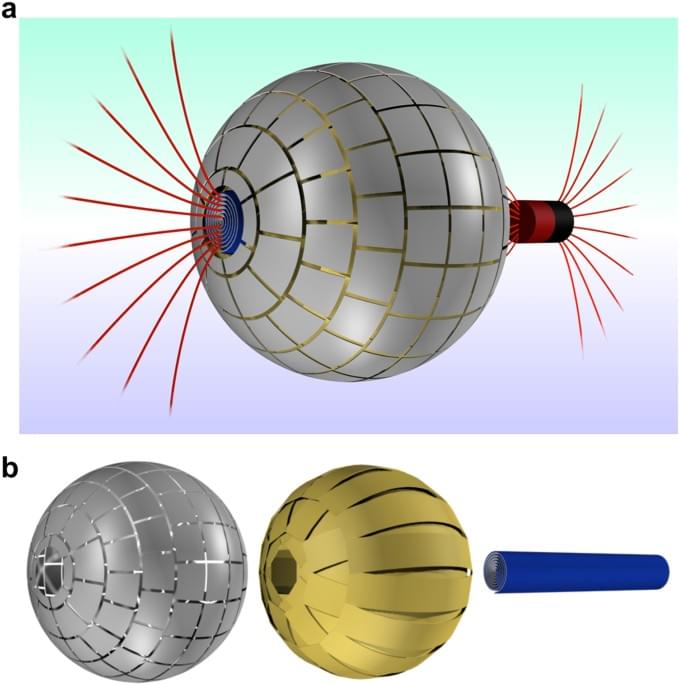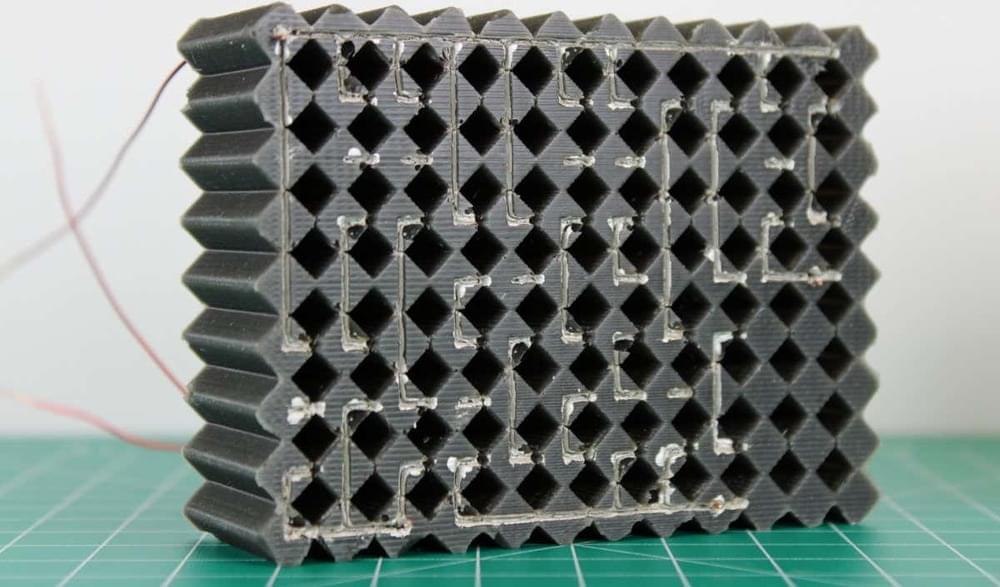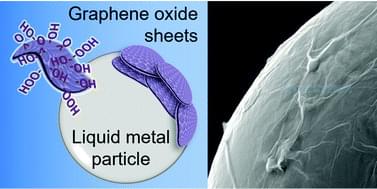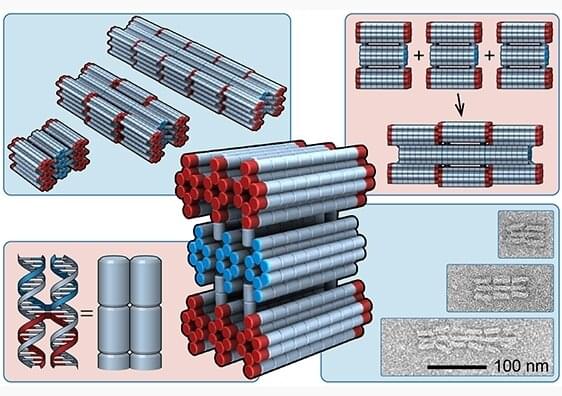Nov 21, 2022
Researchers control individual light quanta at very high speed
Posted by Genevieve Klien in categories: computing, mobile phones, nanotechnology, quantum physics
A team of German and Spanish researchers from Valencia, Münster, Augsburg, Berlin and Munich have succeeded in controlling individual light quanta to an extremely high degree of precision. In Nature Communications, the researchers report how, by means of a soundwave, they switch individual photons on a chip back and forth between two outputs at gigahertz frequencies. This method, demonstrated here for the first time, can now be used for acoustic quantum technologies or complex integrated photonic networks.
Light waves and soundwaves form the technological backbone of modern communications. While glass fibers with laser light form the World Wide Web, nanoscale soundwaves on chips process signals at gigahertz frequencies for wireless transmission between smartphones, tablets or laptops. One of the most pressing questions for the future is how these technologies can be extended to quantum systems, to build up secure (i.e., tap-free) quantum communication networks.
“Light quanta or photons play a very central role in the development of quantum technologies,” says physicist Prof. Hubert Krenner, who heads the study in Münster and Augsburg. “Our team has now succeeded in generating individual photons on a chip the size of a thumbnail and then controlling them with unprecedented precision, precisely clocked by means of soundwaves,” he says.
